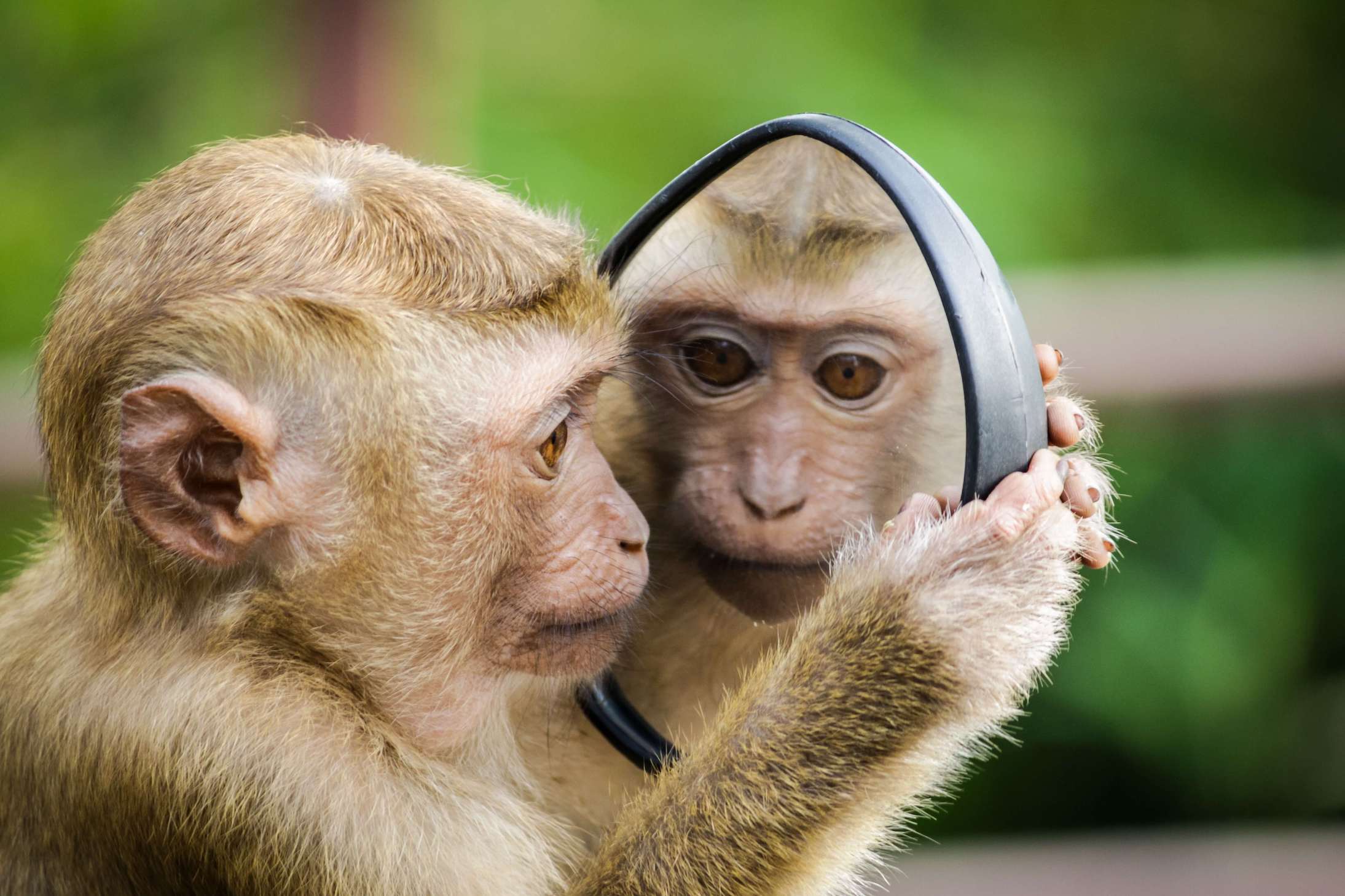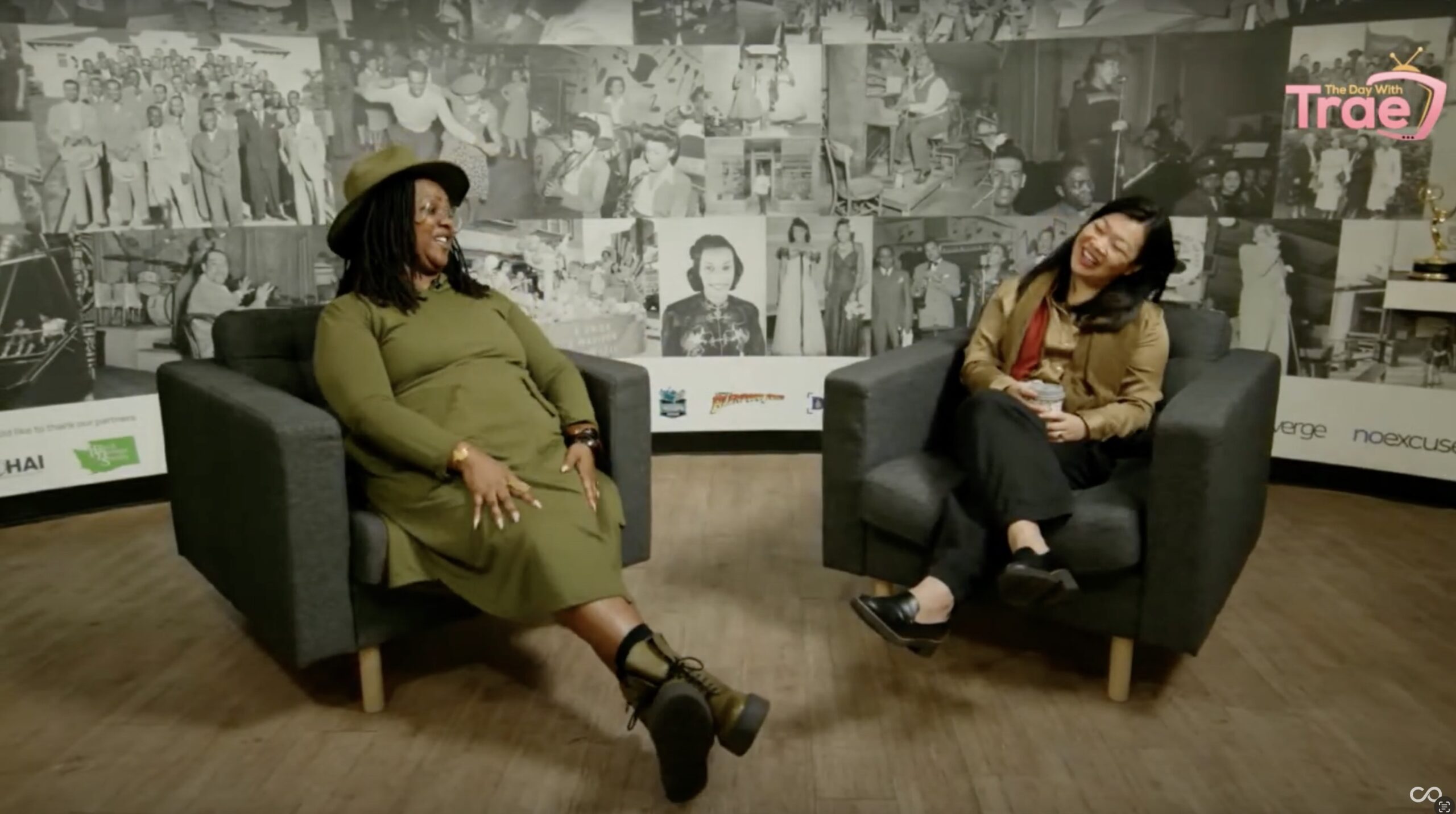Dr. Phonexay Simon Interview on "The Day with Trae" Transcript from Video Interview Below, (my…
Drop the Peanut…
Through the Western lens of medicine, we expect to go into the doctor, have them give us a pill or do a procedure and we get better. Sometimes this is true particularly if the condition is an acute one – we cut ourselves and need stiches for example. However, many times we have a condition that requires us to modify our behavior in some way. Perhaps our migraines are caused by foods high in histamine or we have a vitamin deficiency that creates a symptom. In this case we modify our behavior by removing the histamines or adding a supplemental vitamin. But does this really address the problem? Why would excess histamine cause a migraine? Why are we low in a nutrient? Do we want to do more than apply a band aid?
Many patients approach acupuncture in a similar way. I am guilty of this. For years I participated in competitive endurance triathlon which gradually broke down my body. I used acupuncture and chiropractic adjustments as band aids to keep myself together but was this effective and was it really healthy? No doubt my practitioners were frustrated with me as I ruined their great work by going out on a weekend ride of 90+ miles or a 20+ mile run. From my current perspective, I don’t blame them – health care is only effective if we modify the behavior that made us seek treatment in the first place.

Miriam Lee[i], a pioneer in bringing acupuncture to America writes about a story where African monkeys are easily brought into captivity through a very simple method. A hole just big enough for a monkey to place its hand into is drilled into a dried gourd. Inside the gourd the captors place a peanut. When the monkey goes to take the peanut, he can get his hand in. However, in grasping the peanut, the hand cannot exit. Interestingly, the monkey will not let the peanut go even though it would mean escape. The gourd connected to one hand makes them easy targets for capture.
When our practitioners recommend lifestyle changes to patients, it’s because they understand that no lasting change in a problem will occur with just needles or a treatment plan. The root cause of the dysfunction must be changed. Unfortunately, some of those root causes are very deeply embedded into our habit patterns and lives. Changing these can be very difficult because they are the peanut inside the gourd. We hold on to them because they mean so much to us – psychological sustenance to us as the peanut is to the monkey.
Everything we do serves us in some way even if the end result is very unhealthy. We over-exercise, we overwork, or we overeat for example. Some of the ways things serve us are protection but when our protections start harming us, it’s time to let them go. It’s time to let the peanut go and find other ways to sustain ourselves. New types of food, more exercise, less exercise, getting reacquainted with how great it is to go to bed early, new types of relationships, new types of jobs that sustain us emotionally and spiritually, not just financially.
If your practitioner is recommending something that seems impossible, but necessary, you might look at it from the standpoint of being that peanut. Is it time to let it go? Are you ready to leave the gourd behind and grasp for something new that will create the conditions for not just surviving the world, but thriving?
These don’t have to be big changes although many times they are. Perhaps it’s enough to simply recognize that your hand is on that figurative peanut. Great change starts simply. When you’re ready to start that journey, call us because we can help you take that first step and finally drop that peanut.
[i] Lee, M. (1992). Insights of a senior acupuncturist. Blue Poppy Press.




Comments (0)